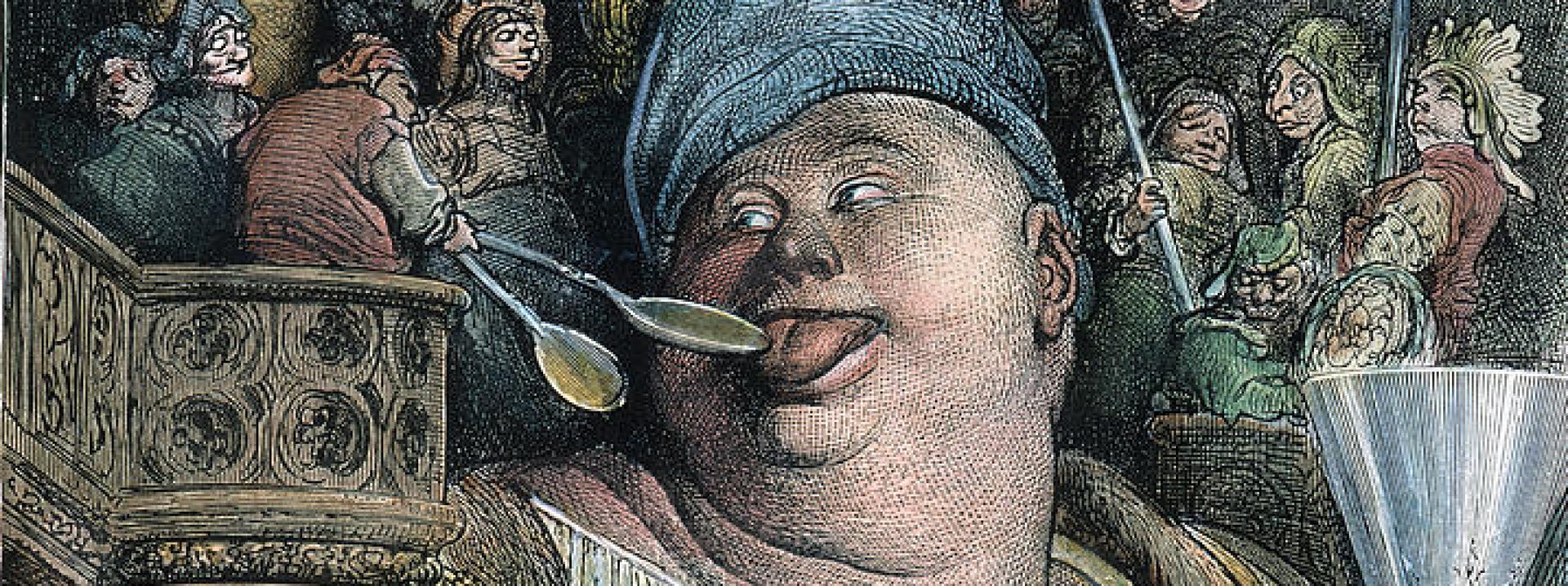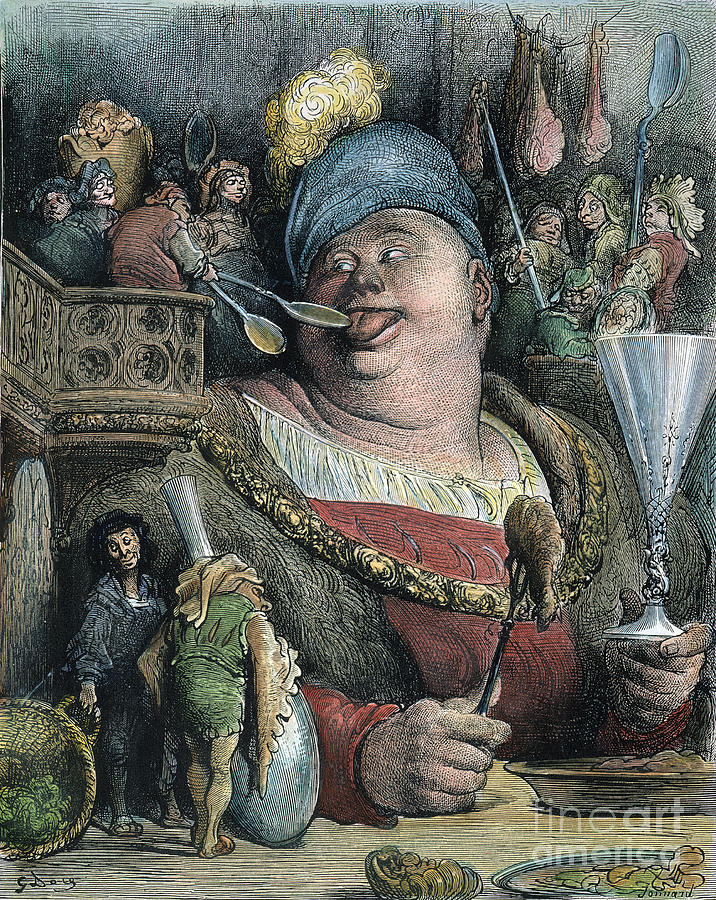For my presentation I am starting off from Joanna Paul’s discussion about the role of the ancient city of Pompeii in modern conceptions of the ancient. Paul picks up on a Pompeiian influence on the appearance of Fellini-Satyricon which is at once revalatory and opaque.
Pompeii’s status as a piece of antiquity… seduces us with its apparent completeness, intelligibility, and immediacy, and yet requires excavation and imagination to make any sense of it”
Joanna Paul, Fellini-Satryricon-Petronius and FIlm, 211.
Bakhtin’s categories of the grotesque and the carnivalesque were originated through literary studies. But is there room for them in archaeology and history? If so much of what makes those categories meaningful are about physicality and motion, then why wouldn’t sites like the ruins of Pompeii offer a rich window into the Bakhtinian ancient past? Or is the carefully mediated environment of an archeaological site a significantly different source material from classical literature?
For this presentation I want to share images of the excavation of Pompeii throughout its nearly 300 year history. I hope that these images will inspire thoughts about how archaeological and historical work either does or does not produce perceptions of the grotestque and carnivalesque in ancient contexts.

